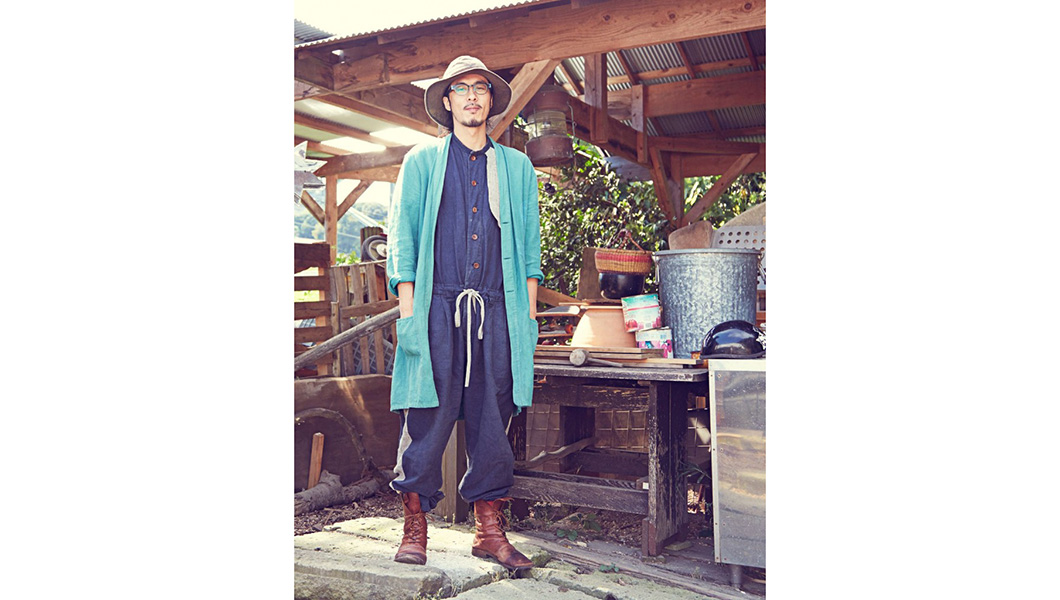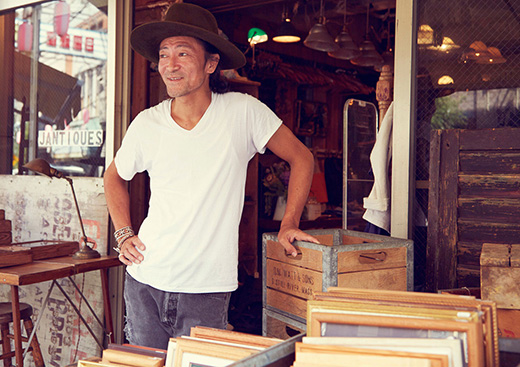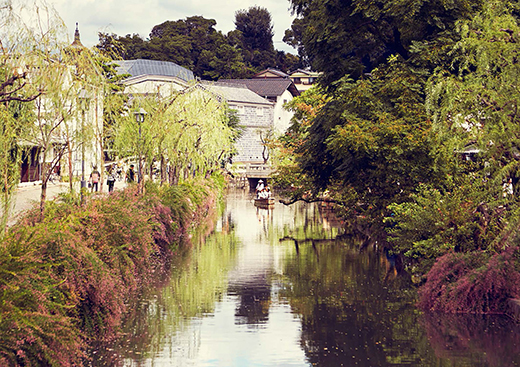Kamakura is less than an hour and a half from downtown Tokyo by train, but it feels like another planet. Compared to a frenetic neighborhood like Shibuya, Kamakura’s pace is glacial, in the best possible way. There, Hawaii-themed restaurants sit next to quiet hillside temples, and a community of surfers paddles out daily to meet the waves. Despite a booming tourist industry, the city feels a bit sleepy, like an undiscovered seaside gem. And nestled inside Kamakura’s farmers market is a gem of another kind—Paradise Alley, a small, quirky café owned by Junpei Katsumi, a 40-year-old gluten master who opened this mecca to flour a decade ago. He’s become renowned not just for his skills but for his unique baked goods, like the jet-black takesumi (bamboo ash) bread, which Katsumi says could help with the after-effects of the 2011 Fukushima nuclear disaster. “I think the ash absorbs and discharges any waste products or radioactive substances in the body.” When Katsumi’s not in Paradise Alley, he can be found creating works of bread art and decorating them with elaborate flour patterns or political messages. The term “baker” doesn’t seem sufficient to sum him up.
Katsumi grew up in Kamakura, in fact, and has lived there since birth. (Though, he notes, “Along the way, I came and went.”) “The good part about Kamakura,” he explains, “is that a lot of interesting people gather and live here. The bad part is that it’s a half-baked tourist destination.” It’s no surprise that he ended up as a baker, given his family’s connection to the land. “My grandfather and grandmother were laborers, and my father works a farm,” he explains. “My mother ran a classroom for baking and cooking from the time I was in kindergarten, and still does to this day.” Still, he wasn’t certain he’d follow in the family footsteps. “In the beginning, baking was just something I could do—I hadn’t thought about it much before that.” And as anyone who’s tackled the scientific, time-intensive process of baking a loaf of bread will tell you, it’s not something one masters easily. “Culturing and fermentation are tough,” he admits.
Katsumi opened his own café, Paradise Alley, about 10 years ago. At the time, he was trying to avoid joining Japan’s notoriously strenuous business world, but also attempting to figure out how to make a living. “Paradise Alley was kind of like rehabilitation,” says Katsumi. There he sells not just simple, earthy lunches but also his delicious handmade bread: massive, sculptural loaves and focaccia-based pizzas. And he takes his work seriously—he’s downright philosophical when it comes to the composition of bread and its place in the ecosystem. “Both yeast and bacteria exist at the border between the world we see and the world we can’t see. In people, birds, fish, all kinds of animals—even the bugs in the ground—and in bacteria, life is churning away.”
But Katsumi’s work goes beyond the realm of foodstuffs and enters into the territory of art; his architectural, undulating bread creations look less like they came out of a bakery’s oven and more like works that belong in a museum. He creates these gluten masterpieces for parties, art shows and other special occasions; one recent piece was a huge bread sculpture in the shape of a peace sign, bearing the words “STOP WARS” in the Star Wars font. “I make bread with various messages, like congratulations, hope, nature, space and time, wishing for safe child birth, space, harmony and many others,” he explains. “I also make bread in the shape of the different planets in the solar system, the pyramids and shrines.” It should be no surprise, then, that his works of art are occasionally mistaken for something else: “I think the best was when someone once mistook one as a cushion, and sat on it,” he recalls.
—





